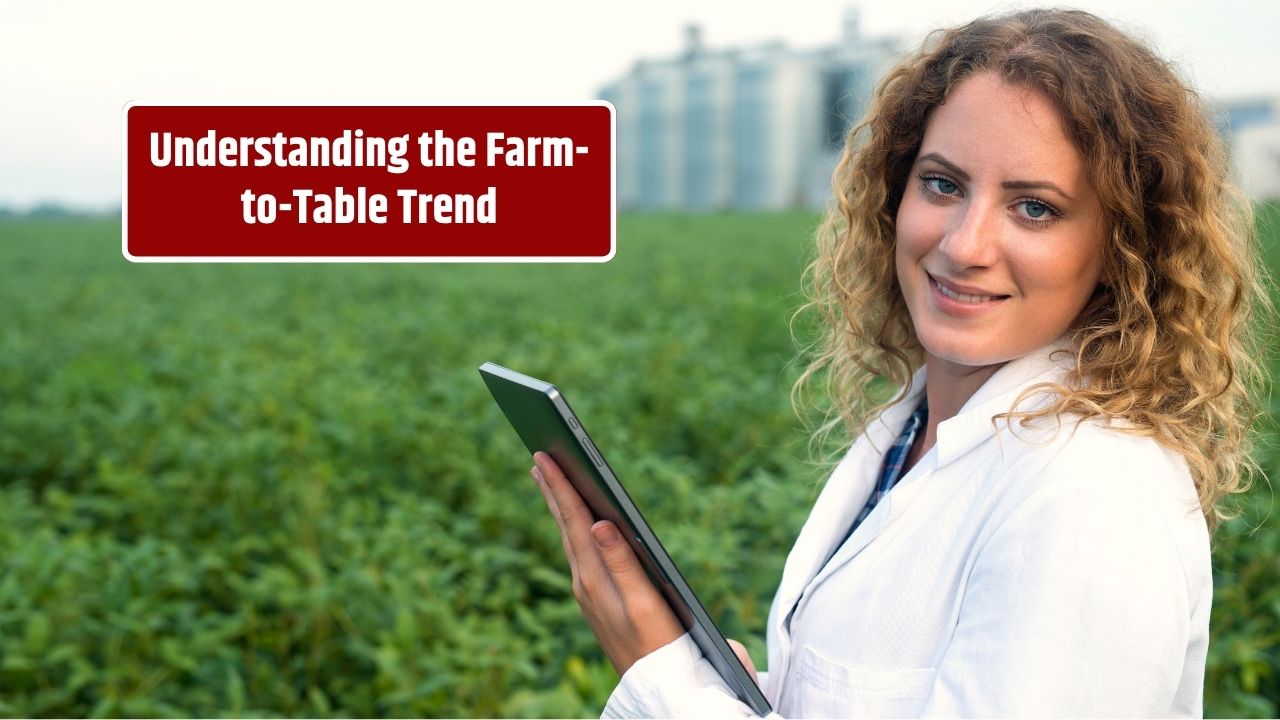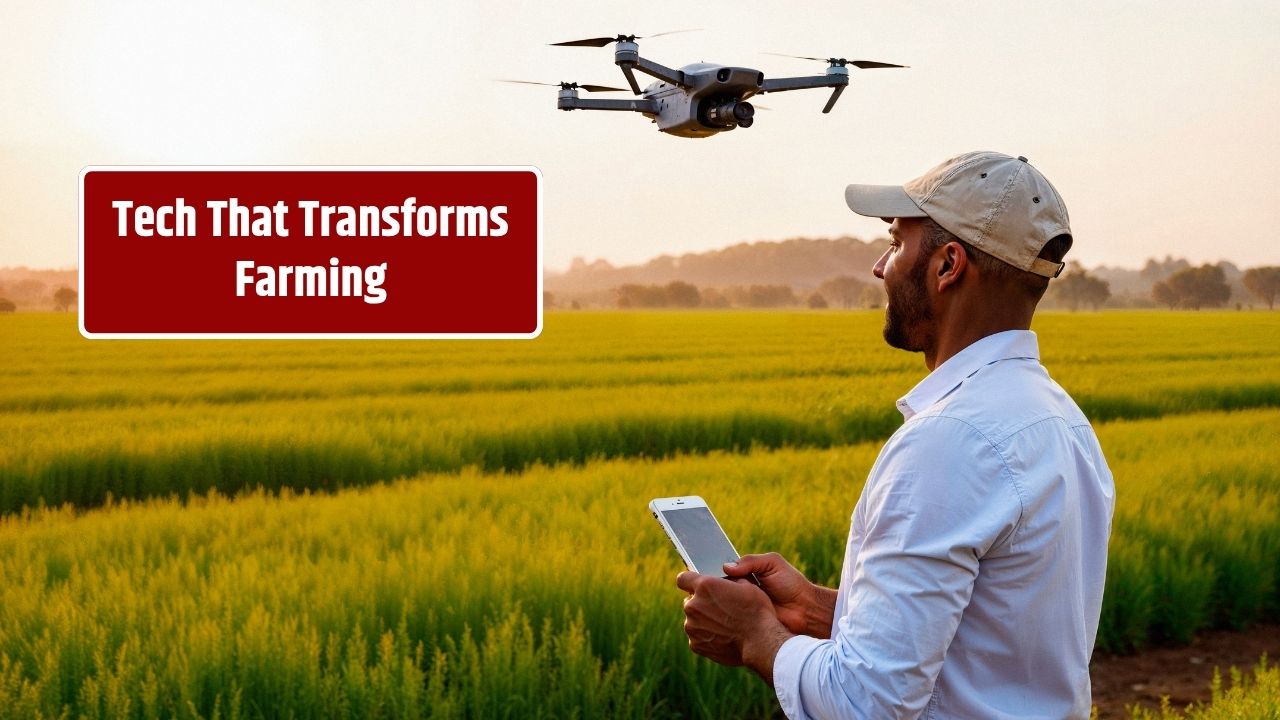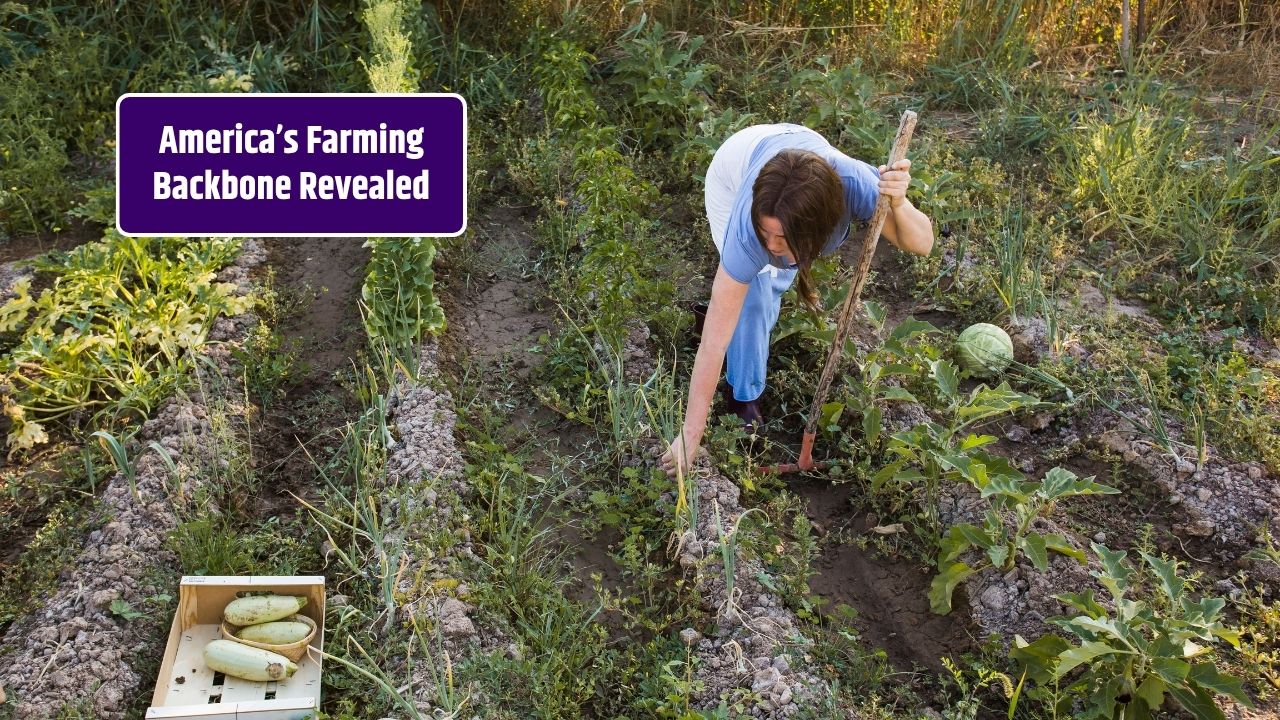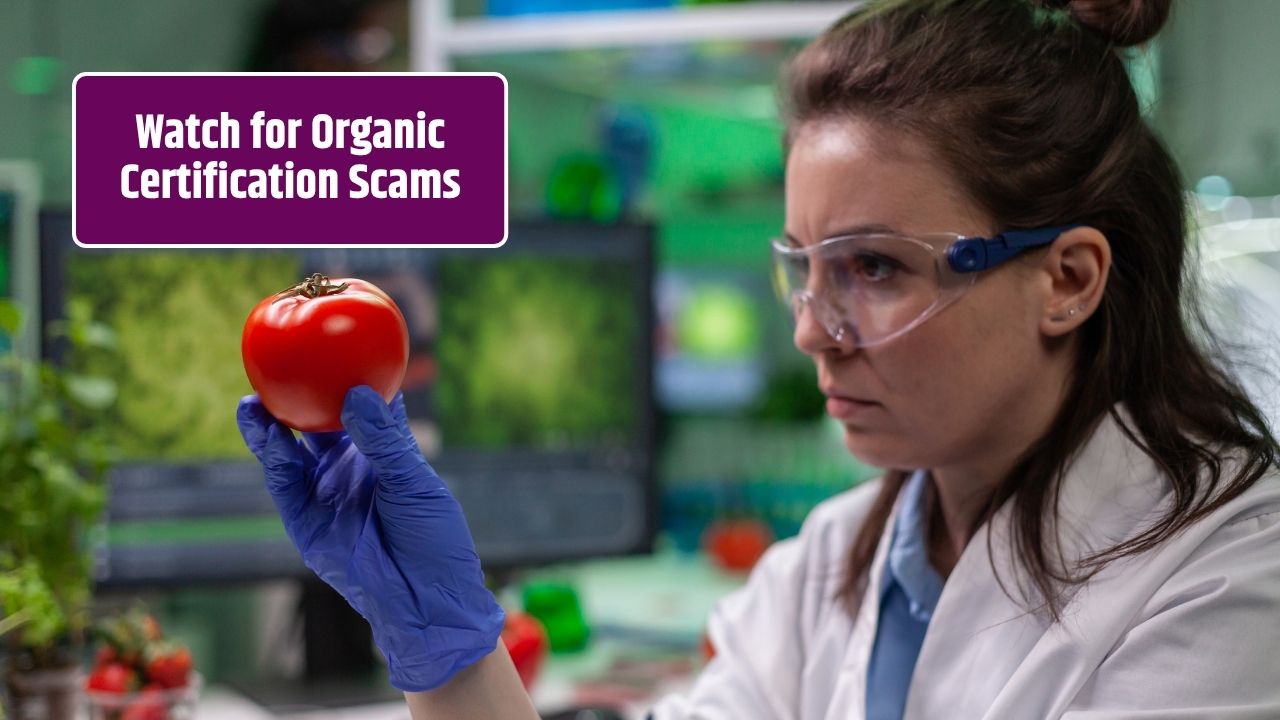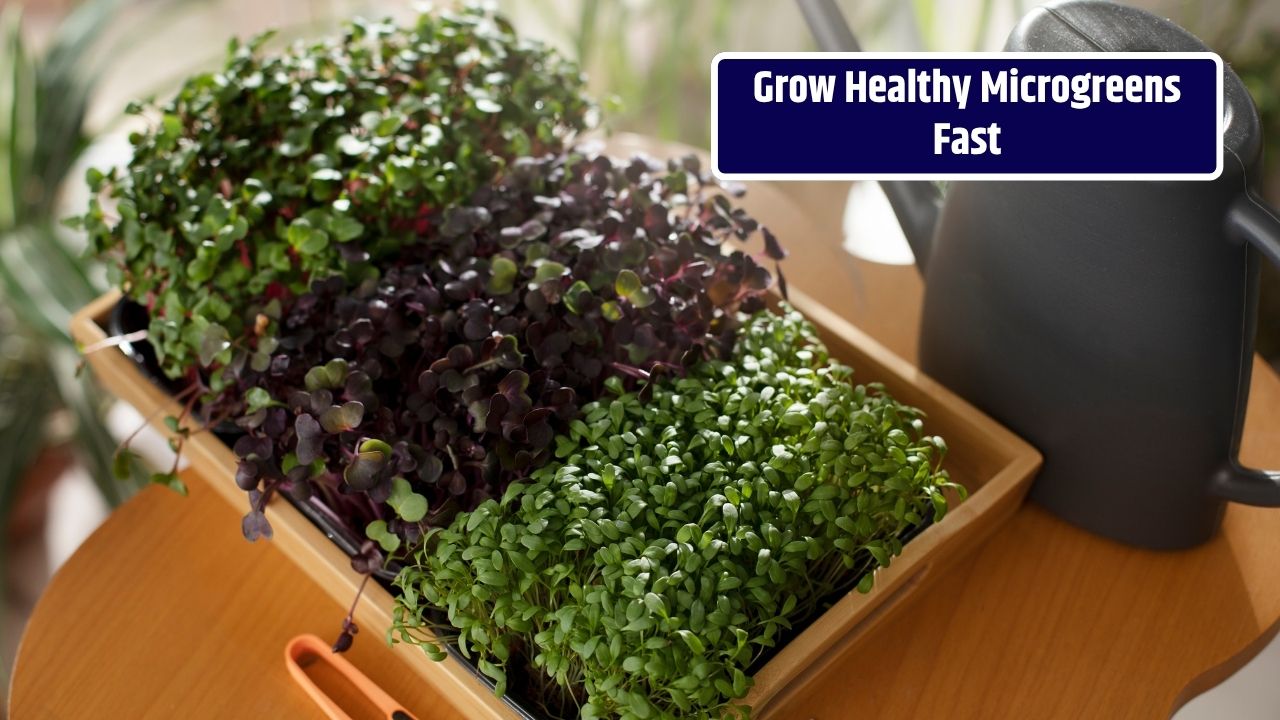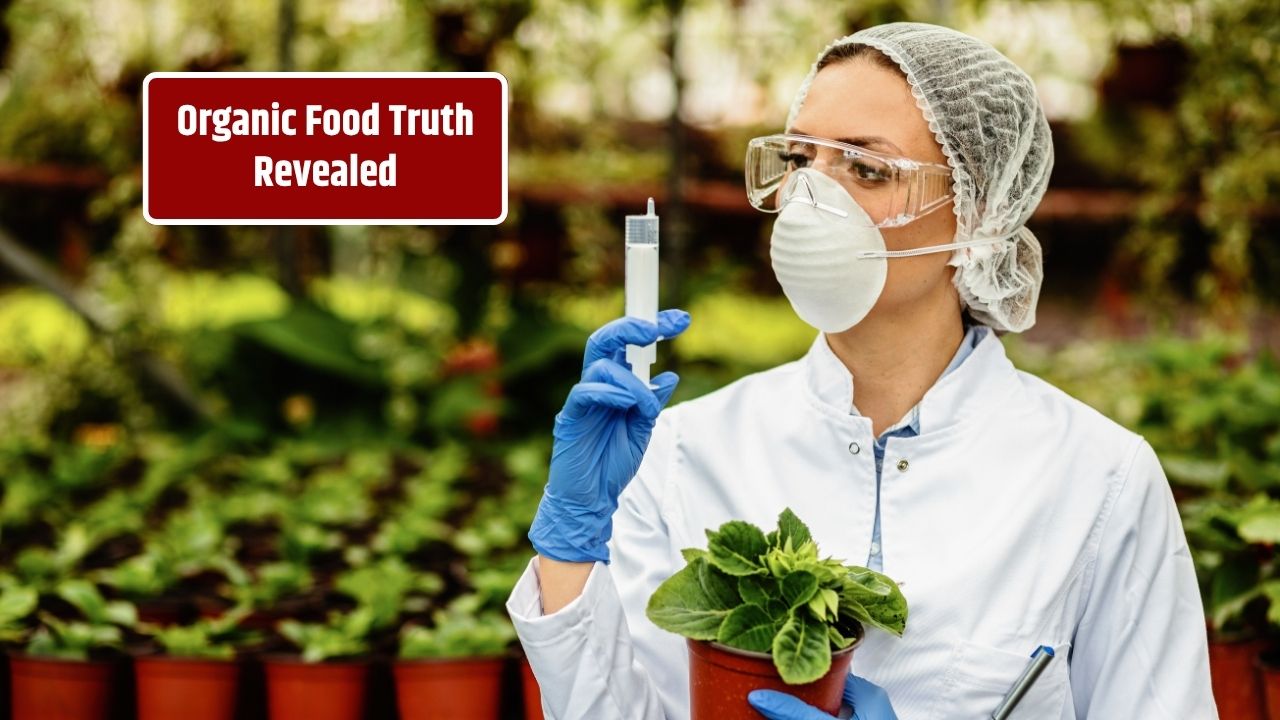The farm-to-table movement is more than just a trendy buzzword—it’s a powerful shift in how we think about food, farming, and community. With growing concerns about climate change, food security, and health, this grassroots movement is gaining serious traction in 2025.
At its core, farm-to-table promotes direct sourcing of food from local farms to consumers, restaurants, schools, and grocery stores—cutting out the long supply chains and emphasizing freshness, sustainability, and transparency.
Table of Contents
What Is the Farm-to-Table Movement?
The farm-to-table movement encourages consumers to buy food directly from local farmers or from businesses that source food locally. This means your produce, dairy, meat, or grains come from a nearby farm—often harvested just days before it lands on your plate.
This philosophy isn’t new, but it contrasts sharply with the dominant industrial food system, where ingredients travel thousands of miles, often losing freshness, nutritional value, and sustainability along the way.
Key Principles of Farm-to-Table:
- Local Sourcing: Shortens the supply chain by connecting local producers with consumers or food establishments.
- Freshness and Seasonality: Encourages eating foods that are in season and freshly harvested.
- Sustainable Farming: Supports regenerative agriculture and environmentally responsible practices.
- Transparency: Consumers know where their food comes from and how it’s grown or raised.
- Community Building: Strengthens local economies by supporting small farms and food businesses.
Why It Matters More Than Ever in 2025
In today’s climate, the farm-to-table movement is addressing major challenges facing our food systems:
1. Climate Change & Sustainability
Industrial agriculture is a major contributor to greenhouse gas emissions. By reducing food miles and supporting sustainable practices like no-till farming or organic methods, farm-to-table plays a crucial role in lowering agriculture’s carbon footprint.
2. Food Security & Supply Chain Resilience
Global supply chain disruptions during the COVID-19 pandemic and recent climate-related events have exposed how fragile our food networks can be. Local food systems are more resilient and flexible, making them a smart long-term investment.
3. Health & Nutrition
Farm-to-table promotes whole, unprocessed foods that are richer in nutrients and free from preservatives or synthetic additives. With rising concerns around obesity, chronic disease, and ultra-processed foods, fresher options matter more than ever.
4. Economic Empowerment
Buying directly from local farmers helps keep money circulating within the community. It supports small producers, protects farmland from development, and creates jobs in rural areas.
5. Consumer Awareness & Ethical Eating
Modern consumers want to know how their food is made. Farm-to-table offers transparency—whether it’s animal welfare, organic certification, or labor conditions.
How You Can Support the Farm-to-Table Movement
| Action | How It Helps |
|---|---|
| Shop at farmers markets | Directly supports local growers and reduces food miles |
| Join a CSA (Community Supported Agriculture) | Provides farmers with steady income and gives you seasonal produce |
| Ask restaurants where their food comes from | Encourages transparency and demand for local sourcing |
| Grow your own food | Even a small garden promotes self-sufficiency and appreciation for local food |
| Reduce food waste | Farm-to-table is about valuing every bite—from root to stem |
FAQs
Is farm-to-table the same as organic?
Not always. While many farm-to-table producers use organic practices, the term refers more to local sourcing and short supply chains than certification alone.
Is farm-to-table more expensive?
Sometimes. Local food can cost more due to smaller scale production, but it’s often more nutrient-dense, fresher, and better for the environment, offering long-term value.
Can farm-to-table work in urban areas?
Absolutely. Urban farms, rooftop gardens, and regional food hubs are making local food accessible in cities across the globe.

